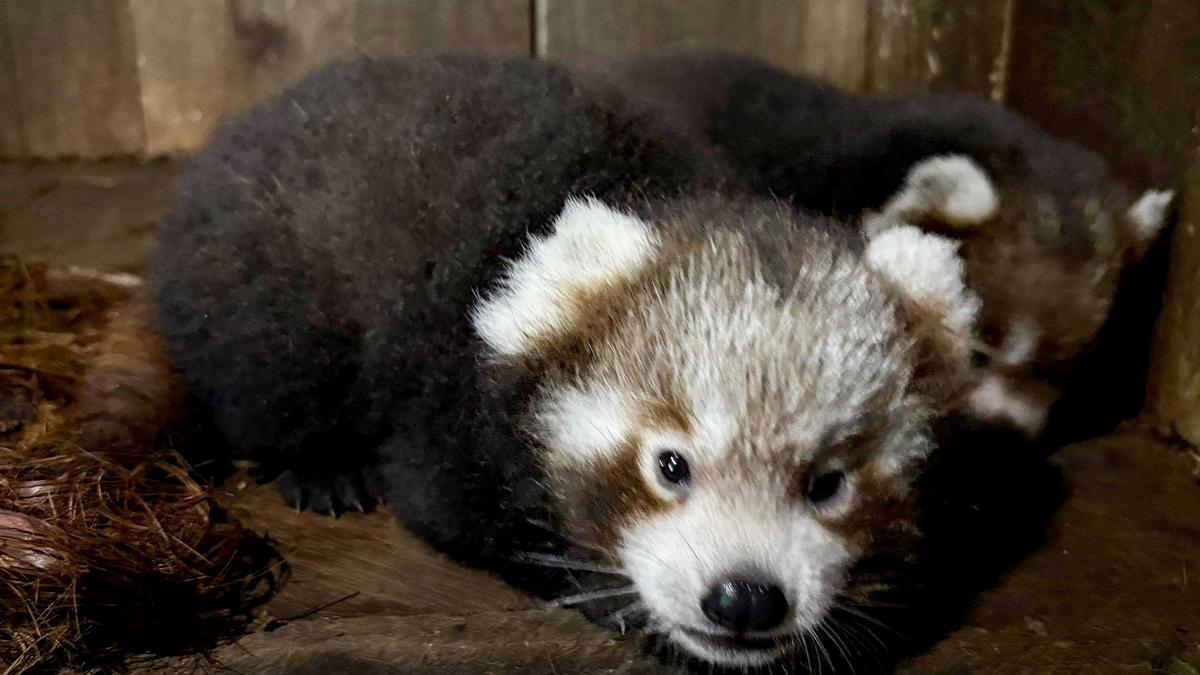Now Reading: Red Panda Cubs Born in Sikkim Zoo After 7-Year Wait
-
01
Red Panda Cubs Born in Sikkim Zoo After 7-Year Wait
Red Panda Cubs Born in Sikkim Zoo After 7-Year Wait

### Quick Summary
– Two red panda cubs were born on June 15 at the Himalayan Zoological Park near Gangtok,marking the first accomplished birth in seven years.
– Parents Lucky-II and Mirak had their first litter together; the milestone was announced on August 1, 2025.
– The Red Panda Conservation program,active since 1997,faced challenges including canine distemper outbreaks that severely affected captive populations.
– The breeding programme relies on genetic tracking through national and international studbooks to ensure healthy variability and global cooperation.
– Red pandas typically breed during winter (November-January), with births occurring after a five-month gestation period between June-August in warm nests.
– Male involvement in nest-building was noted as rare activity by Mirak during this process; male red pandas generally don’t participate in cub-rearing.
– The newborn cubs will remain with their mother for over a year before their health and compatibility are assessed for future breeding initiatives.
– Himalayan Zoological Park also hosts species like snow leopards, Himalayan black bears, pheasants, civets, among others.
For read more: [The Hindu](https://www.thehindu.com)
—
### Indian Opinion Analysis
The birth of two red panda cubs is more than a mere zoological success-it represents hope for conservation efforts targeting endangered species such as Ailurus fulgens. After a seven-year gap resulting from disease outbreaks like canine distemper-which severely disrupted breeding efforts-the recent births reinforce the resilience of dedicated programs when supported by best practices. Efforts to maintain genetic diversity using global cooperation highlight modern strategies required to sustain vulnerable animal populations under captive management.
Sikkim’s implementation of conservation measures via its Himalayan Zoological Park continues to bolster India’s role in preserving biodiversity hotspots like the Eastern Himalayas. While this milestone reflects progress within protected environments, it also raises awareness about broader environmental stewardship challenges necessary for safeguarding wildlife beyond captivity. Incorporating rare behaviors-such as male participation seen here-into ongoing studies can provide deeper insights into these animals’ adaptability and enhance future rehabilitative strategies tailored toward long-term survival both within sanctuaries and natural habitats.
For read more: [the Hindu](https://www.thehindu.com)
























